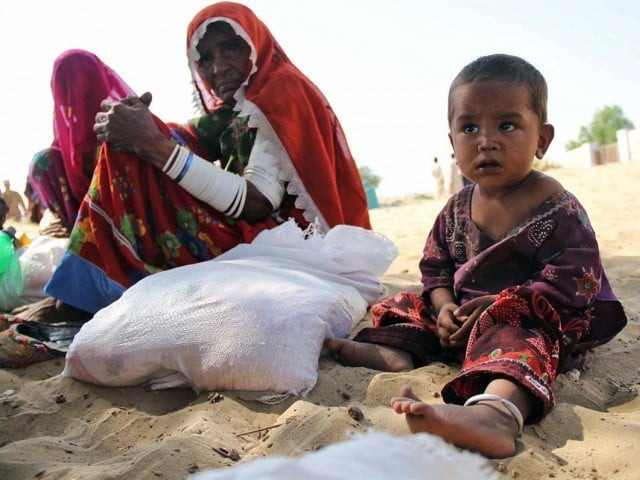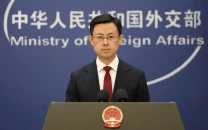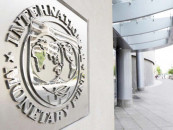Poverty afflicts 75% people in rural Sindh
Province now poorest in the country after Balochistan, according to UN report

Poverty in Sindh’s capital stood at 4.5% in 2014-15, decreasing the poverty ratio for the province as a whole. In, 10.5% of Karachi’s population lived below the poverty line. PHOTO: ONLINE
The overall poverty ratio of 43.1%, compiled by aggregating figures from urban and rural areas, does not actually convey the real picture of Sindh most of which is rural.
The province has been categorised second poorest after Balochistan among all the provinces and regions of Pakistan, excluding the militancy-hit Federally Administered Tribal Areas. Balochistan’s 84.6% rural population lives below the poverty line, according to a United Nations report.
40% Pakistanis live in poverty
The statistics revealed in the recently released study on multidimensional poverty in Pakistan were discussed at length at a seminar organised by the UN’s Food and Agriculture Organisation (FAO) and International Labour Organisation.
The UN report for 2014-15 titled “Multidimensional Poverty in Pakistan” shows poverty in urban areas of Sindh at 10.6% but an alarming 75.5% in rural areas, which constitute a major chunk of the province.
The figures have been calculated with a new methodology. They cover education, health and standard of living as indicators for measuring poverty. Traditionally consumption or income level was taken as base to the count.
In Sindh’s Umarkot district, where half of the population is Hindu, 84.7% people lived under the poverty line. In 2012-13, the figure stood at 80.7% and in 2010-11 75.9%. In Thatta, 78.5% people live in poverty while the rate was 76.5% in 2012-13.
Few districts in Sindh have seen progress in alleviating miseries of people. Some showed a slight improvement one year but the situation deteriorated the next year. A slight change in weather or an untoward incident pushes the people back to extreme poverty.
Reducing poverty: Baitul Mal, BISP funds get major boost
In Tharparkar, some progress was achieved over the years but the district slipped back into the negative trend. In 2008-9, 92.1% lived in poverty, 91.6% in 2010-11 and 84.6% in 2012-13. But in 2014-15, the figure increased to 87%.
Statistics for Nawabshah, Naushero Feroz and Mirpurkhas also show similar trends. However Jamshoro is among a few districts witnessing a steady improvement over the years.
In 2008-09, 72.4% population of the district was living below the poverty line but it reduced to 70.7% in 2010-11 and 67% in 2012-13. In 2014-15, the district registered a poverty rate of 55.6% – faring better than the provincial average.
With better job and business opportunities, Karachi maintained its reputation as the ‘mother of the poor’. Poverty in Sindh’s capital stood at 4.5% in 2014-15, decreasing the poverty ratio for the province as a whole. In, 10.5% of Karachi’s population lived below the poverty line.
Published in The Express Tribune, July 3rd, 2016.



















COMMENTS
Comments are moderated and generally will be posted if they are on-topic and not abusive.
For more information, please see our Comments FAQ